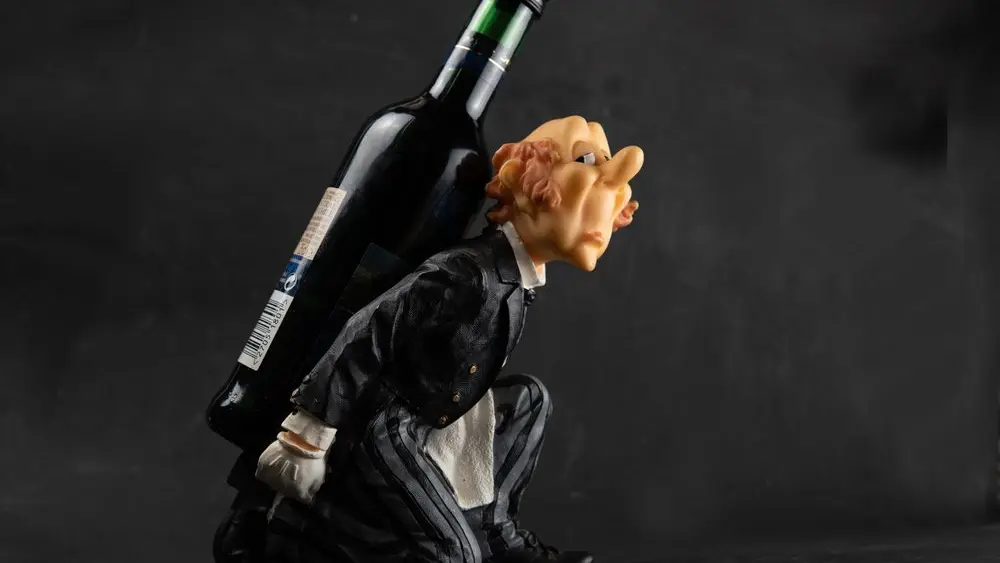In the last couple of decades, the number of formally trained wine professionals has exploded. Each year more than 2,000 winemaking students have earned degrees—a bachelor’s, master’s or Ph.D.—and graduate from top-tier programs in the United States alone. Thousands more, through dozens of accredited colleges and hundreds of internships and apprenticeship training programs, are provided some sort of certificate of winemaking. Beyond the burgeoning numbers of winemakers (enology), vineyard (viticulture) programs also continue to expand, as does the popularity of programs for becoming a certified sommelier.
The roots of U.S. wine interest
In the early 1970s, the California wine industry was still recovering from more than a century of challenges. In the late 1860s phylloxera, originally transported on cuttings from the U.S. to Europe, had affected vineyards in France, Germany and Italy, eventually coming back to haunt California. Then add Prohibition, the Great Depression, additional rounds of phylloxera infestations, a public that had little passion for the wine grape—and the result was that there were few American wine experts.
Money and status
In an influential article in the September 1970 issue of Wines & Vines, John Knechel, a Bank of America economist, claimed that, “Over the next 10 years, California vintners will enjoy a period of the strongest growth in wine markets ever recorded.” That article spread like wildfire. It was picked up by The Wall Street Journal and the popular press, all of whom seemed eager for distraction from the Vietnam War. With wine, the public might focus on a topic that seemed to reflect the general zeitgeist of the time—many young people seeking a back-to-the land lifestyle.
Then, in 1976, a competitive wine tasting called the “Judgment of Paris” was held in France, and two California wines (Stag’s Leap Cabernet Sauvignon and Château Montelena Chardonnay) won against some of the world’s most revered French wines. This, along with the potential for financial viability, provided more fuel to the already growing fascination with all things wine. If the American wine industry had been but a seed prior to the 1970s, these two factors—financial reward with international stature—were the rich, fertile soil and the water that led to the subsequent nearly half-century of expansion.
We Americans can be complacent about things—until we’re not. And when we get the itch we typically have a certain drive that can border on manic fervor, but that often results in innovation and economic success. For example, when I was growing up coffee was a semi-dark liquid that, when ordered at a café, typically cost about 25 cents and refills were free. The taste? Not good, but at the time taste wasn’t really the point. But then someone turned the coffee switch on so that now we’ll happily spend as much as $5 on a thimble of hand-harvested, organically grown coffee that has been filtered using sustainably harvested butterfly wings.
But unlike coffee, wine was an internationally accepted status symbol, valuable and also collectable. By the 1980s, critics had begun scoring wine, which provided a quick valuation of wines in terms of quality and predicted demand. Meanwhile, restaurants began hiring more dedicated sommeliers as wealthy and sophisticated patrons grew inclined to value wine aficionados. Popular culture followed suit, releasing an ever-increasing number of movies, books and TV shows that included some element of wine, be it lifestyle or livelihood, resulting in where we are today.
A trend to what end?
Is having a sea of wine experts good? Yes and no. “Yes” in that having an educated public has the tendency to increase the quality, innovation and purchasing options in the marketplace, which is a good thing. “No” in that many of these programs are expensive for students to attend, and many of those students will encounter difficulty in finding work as an increasing number of graduates outstrips the number of paid positions available.
Those in the wine industry should look for creative solutions for engaging with what will be an increasing number of certified wine professionals in the future. Institutions that have such programs should clearly articulate both the costs and the risks to their incoming classes of newly aspiring wine specialists.
Author
-

Tim Carl lives, writes and teaches in Calistoga. He grew up in St. Helena and traces his Calistoga grape-growing roots back five generations. You can reach him at tcarl@northbaybiz.com.
View all posts




